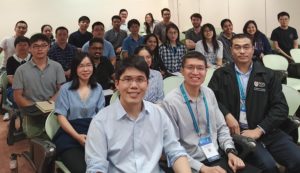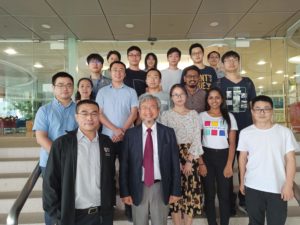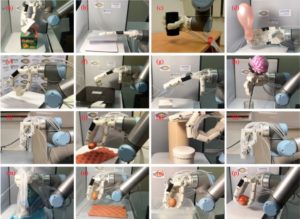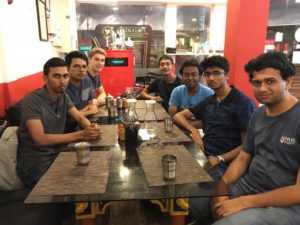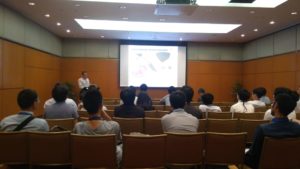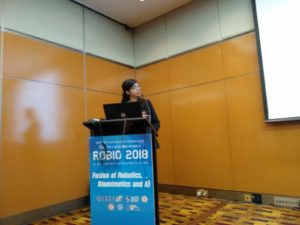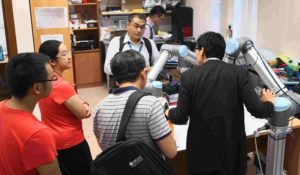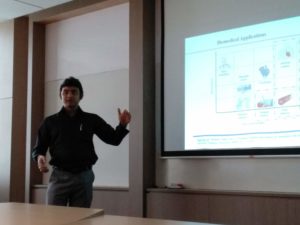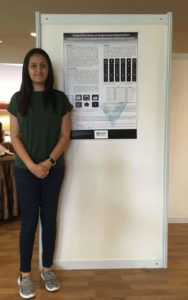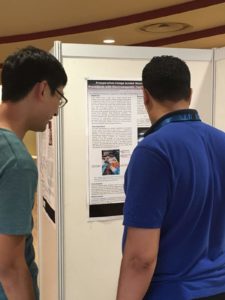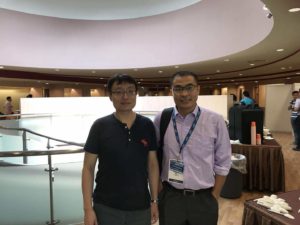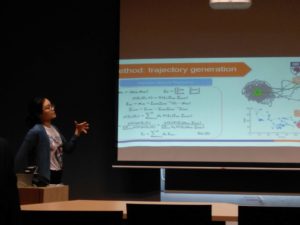A seminar on ‘Skin-Interfaced Wearable Biosensors for Personalized Healthcare’ was given by Prof. Wei Gao of Caltech.
Abstract: The rising research interest in personalized medicine promises to revolutionize traditional medical practices. This presents a tremendous opportunity for developing wearable devices toward predictive analytics and treatment. In this talk, I will introduce our recent advances in developing fully-integrated skin-interfaced flexible biosensors for non-invasive molecular analysis. Such wearable biosensors can continuously, selectively, and accurately measure a wide spectrum of sweat analytes including metabolites, electrolytes, hormones, drugs, and other small molecules. These devices also allow us to gain real-time insight into the sweat secretion and gland physiology. The clinical value of our wearable sensing platforms is evaluated through multiple human studies involving both healthy and patient populations toward physiological monitoring, disease diagnosis, and drug monitoring. These wearable and flexible devices could open the door to a wide range of personalized monitoring, diagnostic, and therapeutic applications.
Biography: Wei Gao is an Assistant Professor of Medical Engineering in Division of Engineering and Applied Science at the California Institute of Technology. He received his Ph.D. in Chemical Engineering at University of California, San Diego in 2014 as a Jacobs Fellow and HHMI International Student Research Fellow. In 2014-2017, he was a postdoctoral fellow in the Department of Electrical Engineering and Computer Sciences at the University of California, Berkeley. He is a recipient of IEEE Sensor Council Technical Achievement Award, Sensors Young Investigator Award, MIT Technology Review 35 Innovators Under 35 (TR35) and ACS Young Investigator Award (Division of Inorganic Chemistry). His research interests include wearable devices, biosensors, flexible electronics, micro/nanorobotics and nanomedicine. For more information about Gao’s research, visit www.gao.caltech.edu/.



